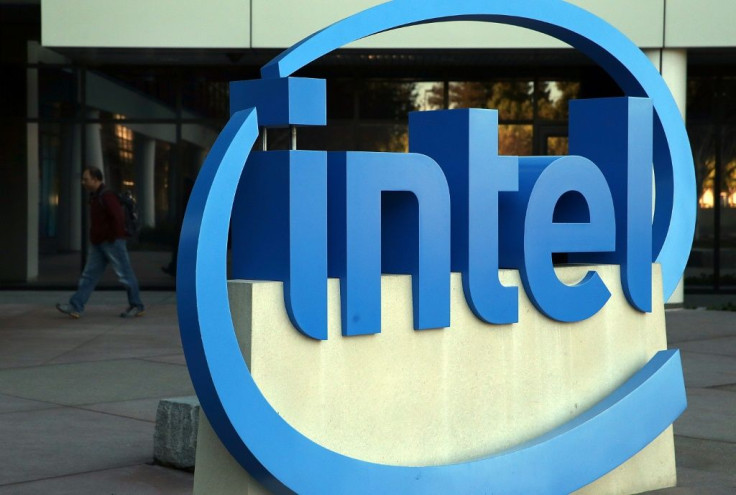Intel Leadership Moves Chip Manufacturing Out Of Asia
Intel’s new leadership is aiming to diversify its chip production, bringing the supply chain out of Asia. The COVID-19 pandemic highlighted the vulnerability of having almost all production of vital semiconductors in one continent, and Intel chief executive Pat Gelsinger told BBC News a move could fortify manufacturing and bring Intel back into a competitive stance.
Most processors are sourced from Asia, especially Taiwan and South Korea. Apart from pandemics, both countries face foreign threats: Taiwan has been a target of China’s for decades, and South Korea’s northern neighbor has amped up its belligerence in recent months.
“Having 80% of all supply in Asia simply isn't a palatable manner for the world to have its view of the most critical technology," Gelsinger said.

He hopes to revitalize Intel by investing $20 billion in new factories in Arizona and Ireland. Gelsinger’s predecessor was ousted amid falling market share as AMD and Apple modernized their products.
Profit isn’t the only thing motivating the move. Gelsinger says it’s in everyone’s interests to have a diverse supply chain.
“Every smartphone, every telemedicine, every remote worker, every remote education, every autonomous vehicle, every aspect of humanity is becoming more digital,” he said. "This is the heart of every aspect of human existence going forward. And the world needs a more balanced supply chain to accomplish that. We're stepping in."
Unfortunately for Intel, that sentiment has come too late to prevent its production for be affected by chip shortages. Car-makers are among those who have had to scale back production while the pandemic ravages areas that manufacture essential parts.
© Copyright IBTimes 2025. All rights reserved.





















